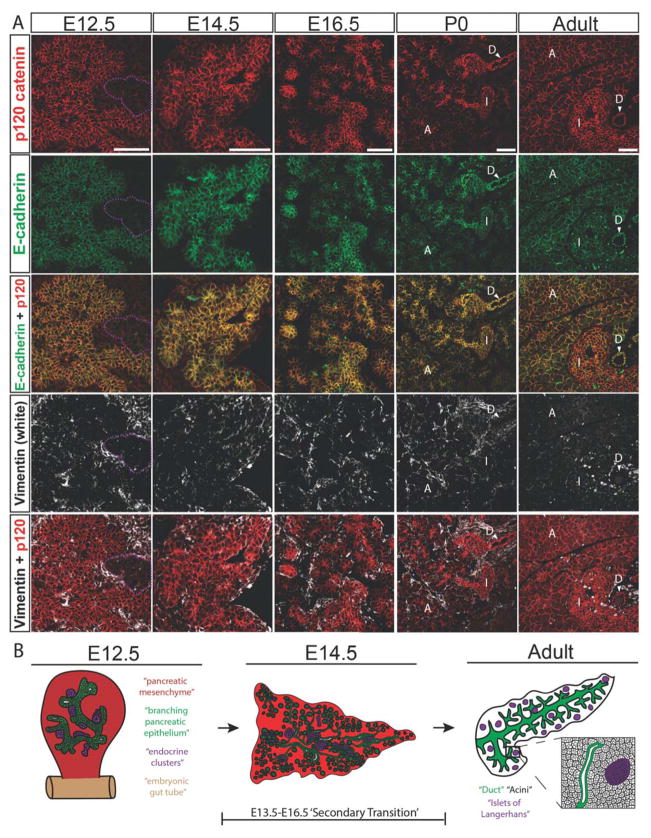Figure 1. p120 catenin is expressed ubiquitously in the embryonic, neonatal, and adult mouse pancreas.
(A) Immunostaining showing p120 catenin expression using an antibody specific for isoforms 1–4, E-cadherin, and Vimentin in developing, neonatal, and adult mouse pancreas. For E12.5, purple dotted lines show examples of early endocrine clusters. For neonatal and adult pancreas, white arrows point to cells indicated with a “D” for ducts, “I” indicates islets of Langerhans, and “A” points out acinar cells. (B) Schematic depiction of branching pancreatic epithelium at E12.5 with emerging endocrine clusters (left), arborization of the pancreatic epithelium at E14.5 with accompanying endocrine cluster migration (middle), and an illustration of the adult pancreas containing duct, islet, and endocrine cells (right). For E12.5 and E14.5, various cell types of the developing pancreas are color coded, with red indicating mesenchymal cells, green indicating tubular epithelium, and purple indicating endocrine clusters. The time frame for the ‘secondary transition’ during pancreatic development is also depicted. For the adult illustration, green represents ducts, purple represents islets of Langerhans, and black indicates differentiated acinar cells. Scale bars are 50μm.

